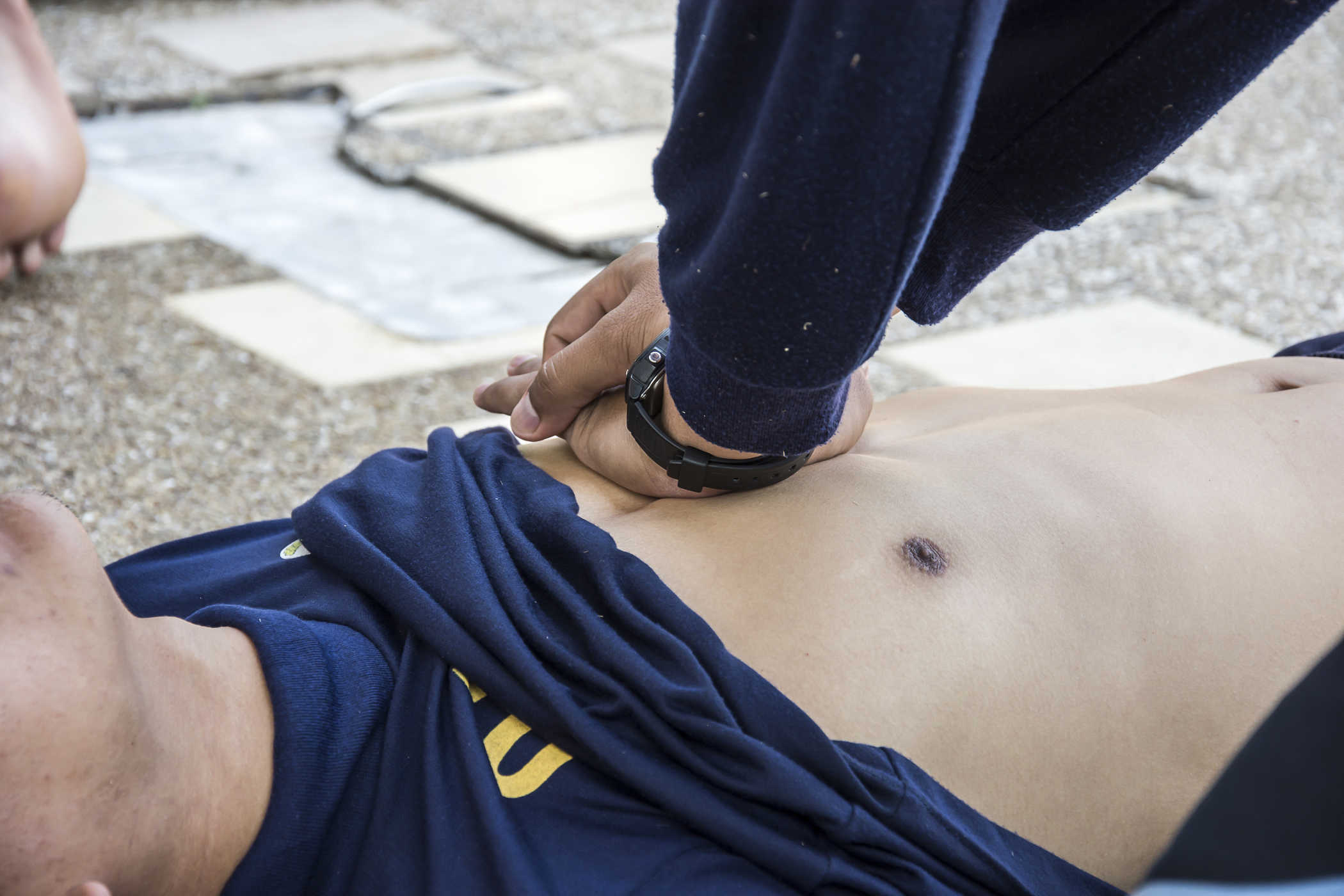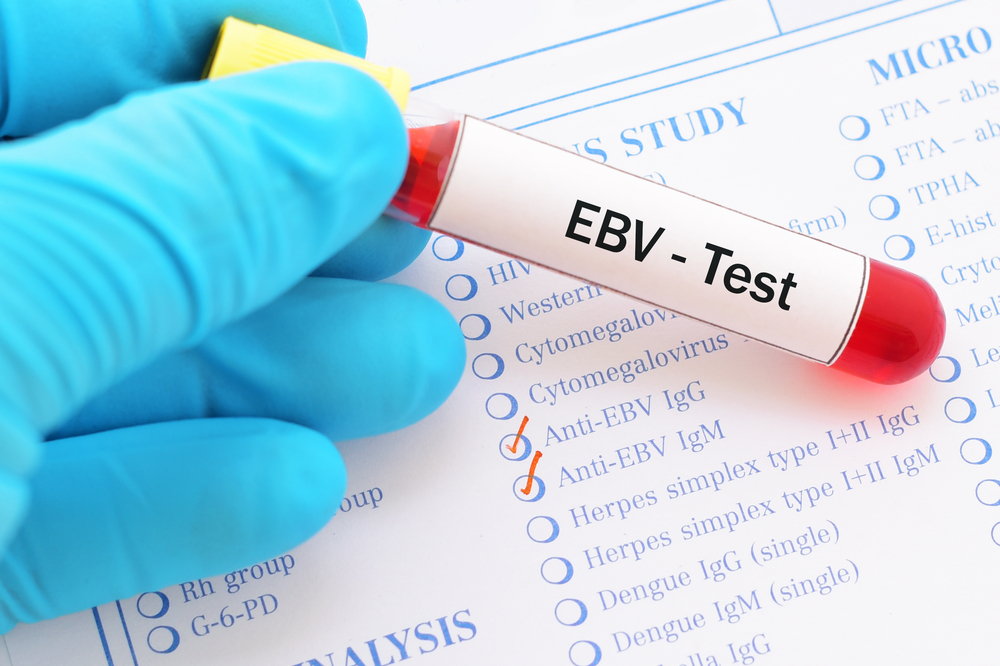Contents:
Medical Video: 2017 Hands-Only CPR Instructional Video
Cardiopulmonary Resuscitation is a life-saving technique that is very useful in many emergencies, including a heart attack or when drowning, where a person's breathing or heart rate stops completely.
When the heart stops, lack of oxygenated blood can cause brain damage in just a few minutes. A person may die in eight to 10 minutes.
The CPR technique can keep oxygenated blood flowing to the brain and other vital organs until the victim gets further medical treatment to restore the heart rate back to normal.
For more details about the guidelines for conducting CPR, the following explanation:
Check vital signs before starting CPR
- Is the person aware or not?
- If you look conscious, try to shake his body while continuing to invite him to communicate
- If the victim does not give any response, the first thing you should do is call the police (110) or emergency services (11/119), then start giving CPR - unless the person loses consciousness due to suffocation or drowning. In this case, start CPR first for 1 minute, before contacting help.
Steps to CPR
Indeed, the CP technique is divided into three stages, namely: chest compression, airway openings, and artificial breathing.
1. Chest Compression: to restore blood circulation
- First, lay the victim in a safe and flat place, with the surface hard enough to support his posture.
- Kneel beside the victim's neck and shoulders.
- Place the heel of one of your palms right in the middle of his chest, between the two nipples. Place your free hand just above the other hand. Keep your elbows straight and position your shoulders parallel to your hands.
- Use your upper body weight to press on his chest (don't just press with both hands), as deep as 5 centimeters. Press firmly and fast, at a rate of about 100 times compression per 1 minute.
Note that if you have no previous CPR training background, simply do chest compression without being followed by artificial breathing until professional medical assistance arrives.
2. Open the airway
If you have a first aid training background, continue checking the airway.
- After 30 chest compressions, open the person's breathing path by raising his head slightly upward - place your palm on the person's forehead and gently push his head upward. Then, lift the chin forward to open the breathing path.
- Check her breath, but not more than 5-10 seconds. Watch for possible chest movements, listen for breathing sounds (gasping sounds that sometimes appear, like taking a breath, not the same as normal breathing), and feel the exhalation of your breath by bringing your cheeks and ears closer.
3. Give artificial breath
- If he doesn't breathe at all, start giving artificial breath by: pinching his nose and placing your lips above his lips to form a tight seal, and exhaling your breath into his mouth. People who do not have a CPR background do not need to do this step - just go back to chest compressions after each time you check your breathing until the victim is aware or medical help is coming.
- Give the first artificial breath for one second, and check the chest movement. If there appears to be a movement, repeat again. If there are no signs of improvement, return your head up, then give artificial breath. Give 30 times chest compression followed by two artificial breaths.
- If it still does not move after 5 cycles of artificial chest-breath compression (for two minutes), the person is likely to choke. Each subsequent cycle of 100 times chest compressions, and before giving an artificial breath, check if there are foreign jokes that are involved in his throat. If present and possible, lift the object.
- Repeat the cycle until there is a sign of movement or medical assistance coming.
The guidelines above apply to adults, young children, toddlers and infants, but not for newborns.
For children, apply pressure as deep as 5 centimeters and make sure you don't press the ribs, because these bones are still fragile and in the growth stage, vulnerable to damage. In a baby, use two fingers (not the heel of the palm) and press down as deep as 2 centimeters, and do not press the tip of the breastbone. Allow the chest to rise completely between the pressures. Also, be sure to give your breath with gentler gusts.
Note: The instructions above are not intended as a substitute for official CPR training that you can get through the Indonesian Red Cross or other official health service institutions. Also note that after getting CPR, the victim must immediately get further medical assistance to check for complications of organ damage.
However, it is far better to act than not doing anything if you are worried that your understanding or expertise is not comprehensive. Remember, no matter how small your efforts will bring a big change to someone's life.
Information on CPR training for the Jakarta and surrounding areas:
- SOS Training Program (accredited by the American Heart Association): (021) 7505973, ext 8523 or click here
- First Aid Training Certification of the Ministry of Manpower: Jakarta (021) 53161424, 53161425 or click here
- First Aid Training by the Indonesian Red Cross (PMI) click here
READ ALSO:
- What to do when electrocuted
- Different types of insect bites, different ways of handling it
- How to quickly overcome recurrent asthma












